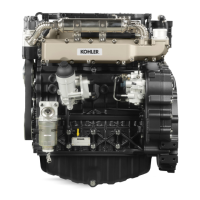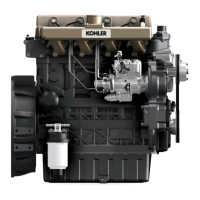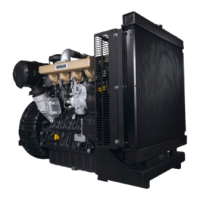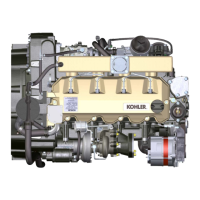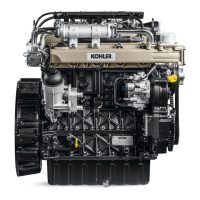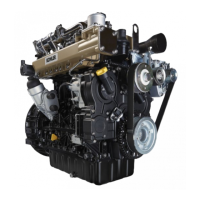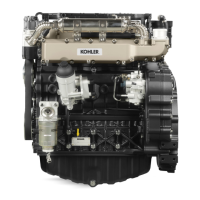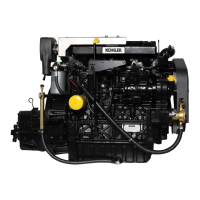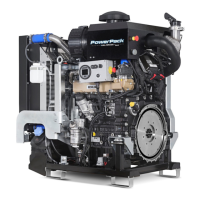116
8
_07
Fig. 8.1
A
C
E
D
B
B1
G
B
ED0053029590
INFORMATION ABOUT OVERHAULING
8.1 Recommendations for overhauls and tuning
• The information is laid out in sequence, according to
operational requirements, and the intervention methods have
been selected, tested and approved by the manufacturer's
technicians.
• This chapter describes procedures for checking, overhauling
and tuning units and/or individual components.
NOTE: To easily locate specic topics, the reader should refer
to the analytical index or chapter index.
• Before any intervention, the operator should lay out all
equipment and tools in such a way as to enable him to carry
out operations correctly and safely.
• The operator must comply with the specific measures
described in order to avoid errors that might cause damage
to the engine.
• Before carrying out any operation, clean the units and/or
components thoroughly and eliminate any deposits.
• Do not wash the components with steam or hot water. Use
suitable products only.
• Do not use flammable products (petrol, diesel, etc.) to
degrease or wash components. Use suitable products only.
• Apply a layer of lubricant over all surfaces of all disassembled
components to protect them against oxidation.
• Check the integrity and state of wear of all disassembled
components in order to ensure good working condition of
the engine.
• When indicated, some components are to be replaced in pairs
or together with other parts (e.g. crankshaft half-bearings/
connecting rod, piston complete with rings and gudgeon pin,
etc.).
• When indicated, some grinding operations are to be carried
out in series (e.g. grinding of cylinders, crankpins, journals,
etc.).
8.2 Crankcase
8.2.1 Oil line check
Use a pipe cleaner in access points A, B, C, D, E to clean the
oil ducts of crankcase G.
Use compressed air to eliminate any residues.
Replace and assemble the conical cap in hole B ( B1 i f p res e n t
- tightening torque at 3 0 N m) and caps in holes D, after having
performed cleaning operations.
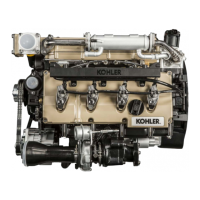
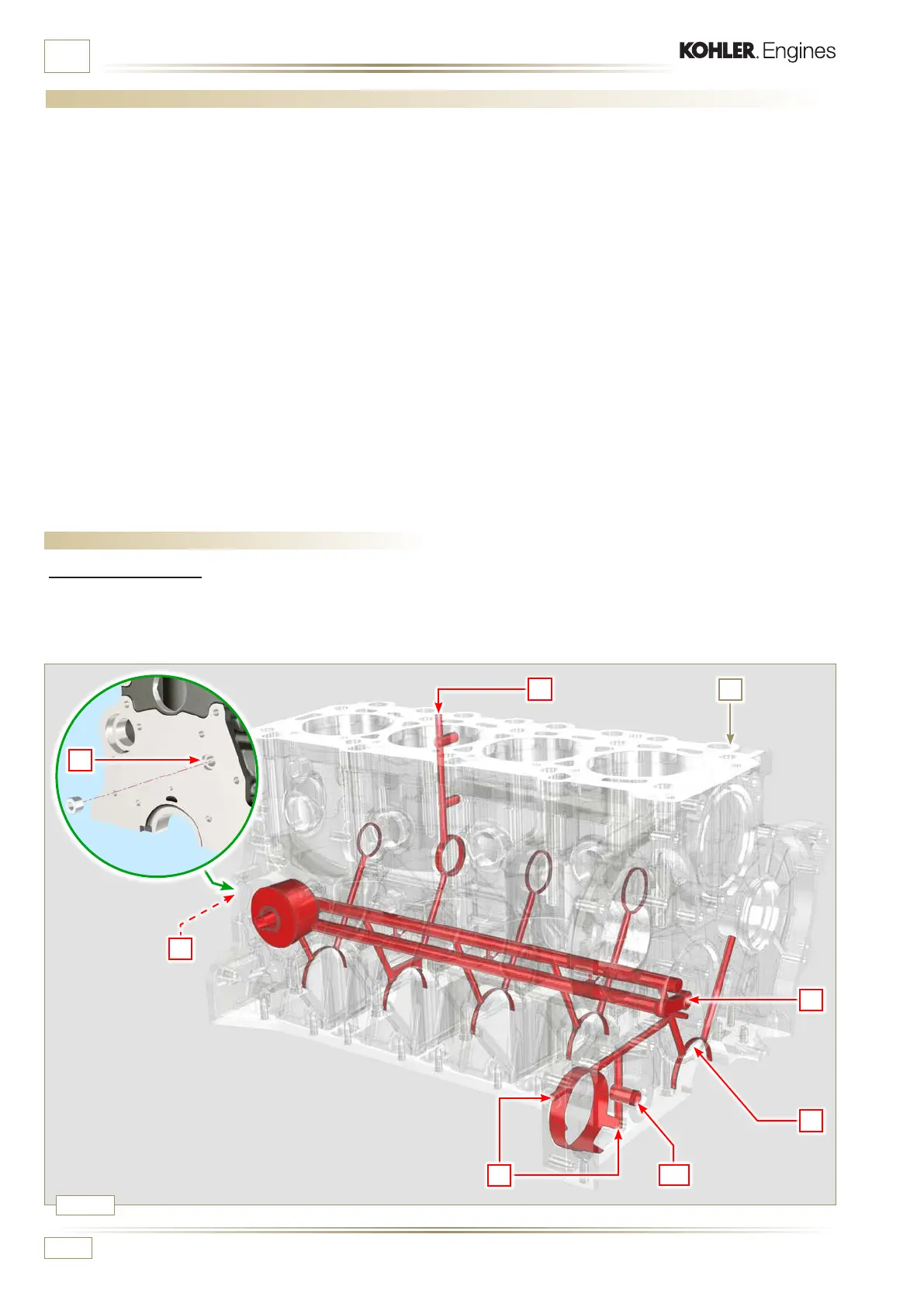